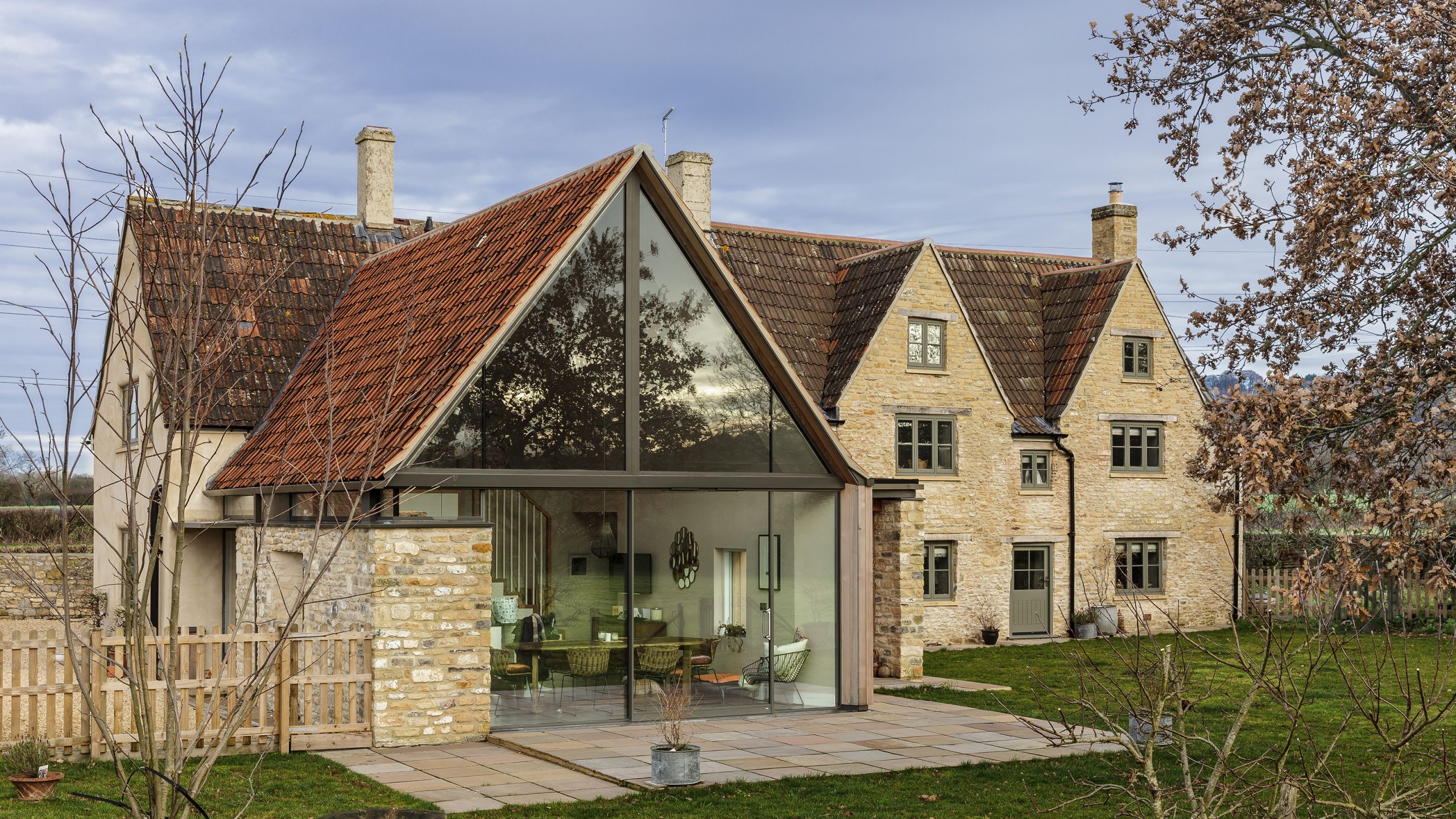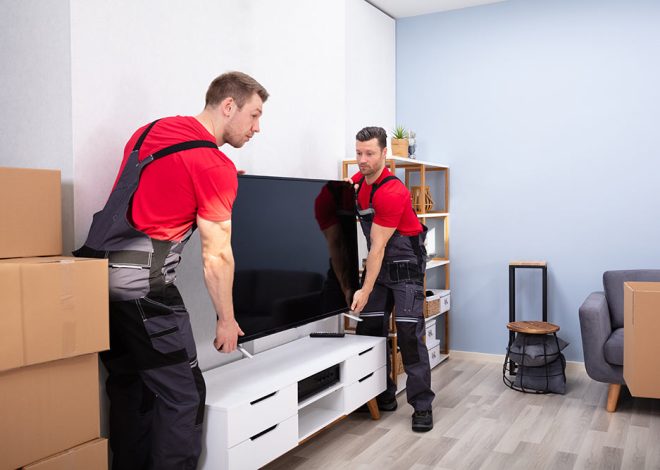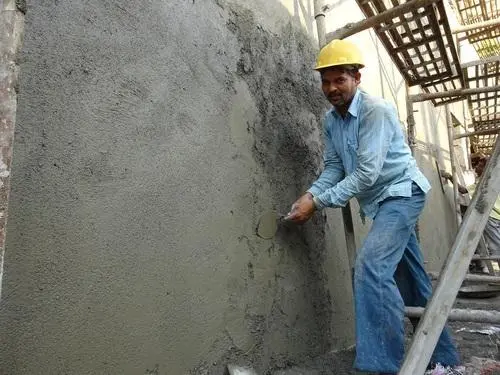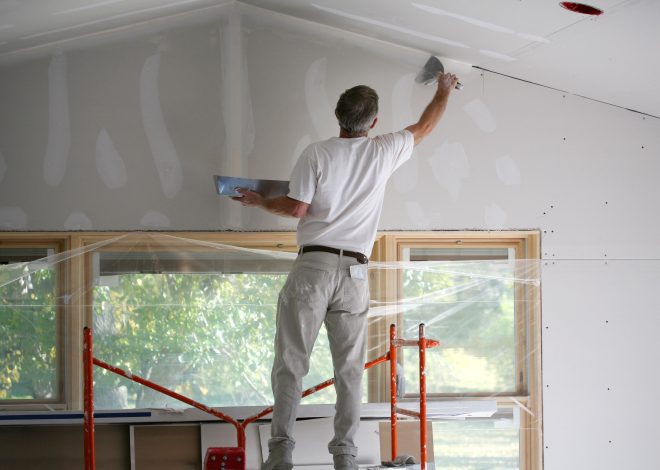
The Ultimate Guide To Recladding Your Home
It is easy to lose yourself in the details of a renovation and only focus on what we see. Most homeowners know what they want for their ideal kitchen, bathroom, and living space because we spend so much time in our homes. It makes sense, as we spend most of our time in these areas.
Even though internal renovations are easy to notice, the exterior of your home requires just as much attention – if you don’t need more – in order to create an attractive facade that will make you smile every time you drive into your driveway. We knows that getting started can seem overwhelming. Recladding your house is different from interior renovations because you have to consider factors that are not visible. There are many factors that we do not interact with every day and require specialist knowledge in order to achieve the best results from home recladding.
The cladding on your home is its first impression. The first step to maximizing this visual asset is choosing the right materials for your recladding needs. You should also consider the cost differences between each material, both for initial installation and maintenance. You can reap the rewards of recladding a home both financially and aesthetically by making the right choices during the planning stage.
We’ve created this guide to help you plan your project. This guide will help you visualize the recladding possibilities of your home and remove some of the confusion that can be associated with the beginning of such projects.
Six different materials are most commonly used for recladding homes. The materials come in a variety of features and price points. The first step to recladding a home is choosing the one that best suits your needs.
6 Common Materials Used For Recladding Home.
1. Brick
Brick is a material that has proven its durability since humans began building houses. Brick is still a durable material, even though it’s been used to build houses for centuries. This simple material has so many impressive properties.
Brick is a durable material that requires little or no maintenance. This is an excellent option for those who want a proven solution. Brick is also a great option for people who want a solution that they know will work. It has excellent insulation properties, it’s naturally fire-resistant, and its moisture absorption rate is low. Brick is an excellent choice for a house that will keep you safe, warm and healthy.
Bricks are available in many different colours today, allowing for a wide range of aesthetic choices. Brick is the most durable cladding solution, lasting up to 80-years.
The weight of bricks means that unlike lighter alternatives that can be attached to the frame of an existing house, bricks must be installed directly in the foundation/slab of the home. The brick walls will cover some of your house’s internal space as they are built within the footprint.
There are many brick veneers available that can provide a believable (and artificial) brick finish.
2. Plaster And Concrete
Plaster and cement have a long history in ancient times, similar to brick. The Greeks and Romans were the first to use this innovation, which was used literally as a cornerstone when building their great civilizations. Plaster and concrete cladding are generally associated today with homes built in the 1930s or 1940s. Since then, the plaster and concrete finishes of houses built in the 1930s and 1940s have improved through better materials and applications.
When chosen correctly, modern application finishes are stunning. They come in a variety of textures and smooth surfaces. You can choose from many textures and patterns for your cement and plastered cladding. They all perform better than the old-fashioned counterparts. Classic look with modern durability. The wide range of finishes makes it easy to complement any other cladding on your home.
The term “plaster-cladding” encompasses many different types of finishing systems. The different finishes have their own unique properties, which can be tailored to your home based on your requirements. From increased durability to improved energy efficiency. We can help you determine which finish is best for your home.
If you hire a renovation expert, you can take advantage of all the benefits of plaster. With a well-designed design and an application that is consistent with a healthy care regime, you will not have to worry about any of your home’s symptoms.
3. Metal
Aluminium and steel are the most common metals used for cladding. Steel is more expensive than aluminum, but it’s a good choice for homeowners who are concerned about the durability of the cladding on their home. Aluminium is cheaper and lighter but more prone to weathering.
Aluminium is known for its corrosion resistance, even with this in mind. Highly flexible, it allows for creative design applications. It is lighter, so it has fewer joints. This makes it easier to build with. It is because of these factors that it has become the second most popular cladding in New Zealand.
Metal cladding is a great way to create bold and beautiful architectural designs. Over time, it can develop an interesting patina. Metal cladding does not have the same insulating qualities as other claddings. If you decide to use this material, do some research to ensure that your home is protected from temperature fluctuations.
4. Timber
Many New Zealanders have chosen timber as their cladding material. It’s lightweight, and it has a natural look that is always in style for home design.
There are many types of wood cladding, such as weatherboards and slat screen. Radiata pineback weatherboard dominates a large part of the New Zealand market and has done so for many decades. It does, however, have some of those factors that make timber more difficult to maintain. For example it can warp or move with time and require a strict maintenance plan. The darkening of the timber can be caused by long-term exposure to UV light. Other timber cladding has become more popular over time. Cedar cladding, for example, can last up to 25-35 years. This can eliminate many headaches that are associated with timber cladding.
Fibre-cement is often chosen by people who want a weatherboard appearance but also want greater durability. Timber weatherboarding has a lifespan around 50 years.
5. Stone
There are a few options when it comes to stone cladding. Granite, schist, and slate are some of the most popular choices. Many Kiwi homes are made from these materials, which can usually be found locally. Stone panels or cladding are great for creating focal points, such as an exterior feature. They can be easily complemented by other cladding choices.
This option is often used to enhance the aesthetic of homes located in rural areas or those surrounded by natural bush. It blends the home into the landscape, and takes advantage of the natural aesthetic. This blurs the line between architecture and natural beauty.
6. Vinyl
Vinyl is a good option if you want a low-maintenance, durable and cost-effective cladding for your house. Installation is easy because it’s lightweight. The wide range of choices available allows for a variety of different aesthetics.
Choose the right cladding for your home.
You now know some of the most common and popular materials that are used to reclad a home. It is important to set your goals for your recladding project. We are here to work with you in order to bring your vision to life. We will work closely with you to ensure your ideas are implemented perfectly. Renovation Work’s will guide you to ensure that your vision doesn’t get compromised while leveraging the best options for durability, sustainability, and alignment with your budget. For more info – https://eliteexteriors.co.nz/services/recladding-auckland/


